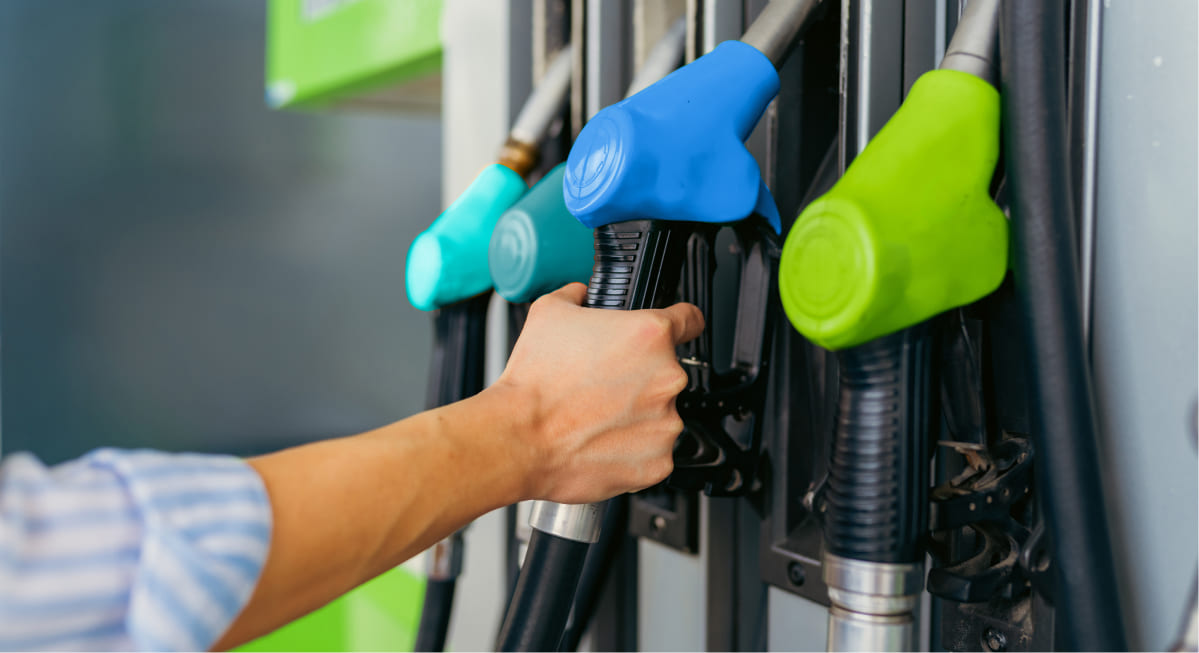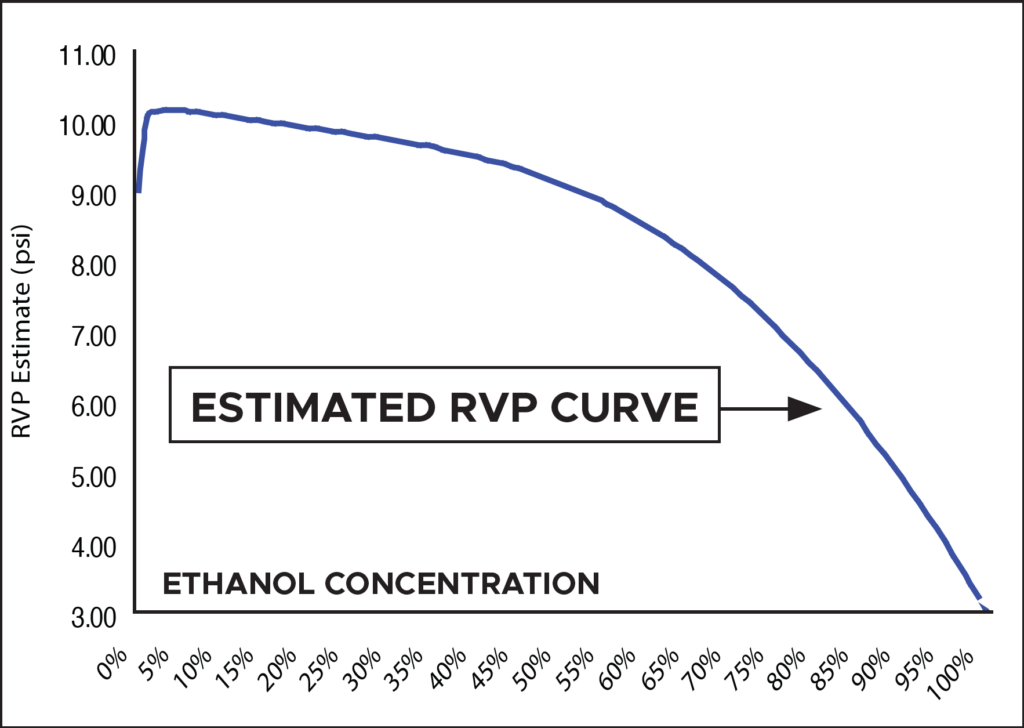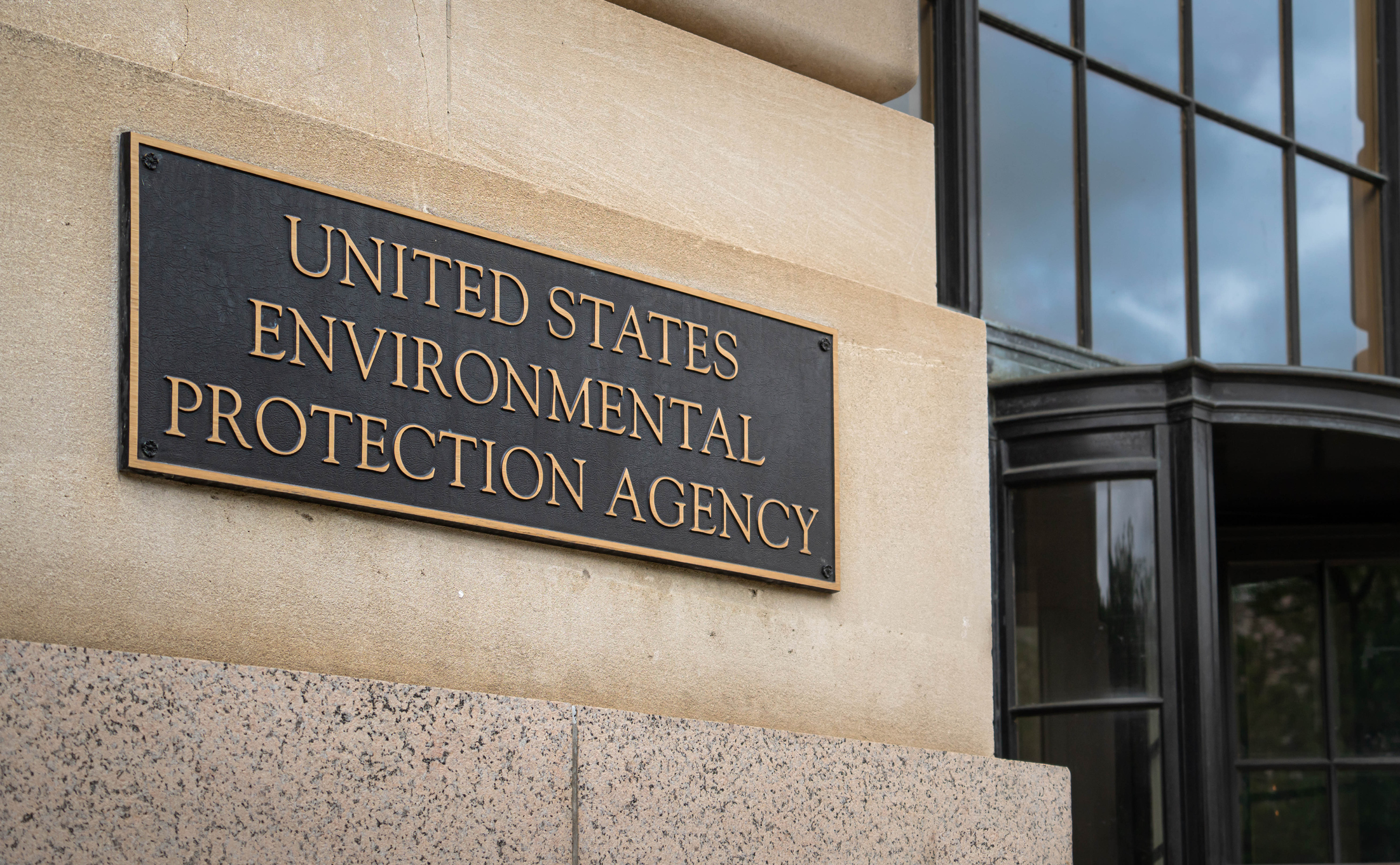
The Asks
- Congress should approve the Nationwide Consumer and Fuel Retailer Choice Act or the Consumer and Fuel Retailer Choice Act—two bills that would provide a permanent, year-round fix allowing for the sale of E15 across the country.
- The U.S. Environmental Protection Agency (EPA) should
- continue to allow E15 to be sold in the summer through the use of an emergency waiver (in the absence of legislation).
- finalize its proposal to simplify the onerous E15 labeling requirements at the fuel pumps.
- clarify rules that would allow retailers to use existing fuel storage and dispensing equipment to sell E15 (rather than just E10).
Learn More
- Download our Frequently Asked Questions about E15
What Is E15?
E15, most commonly sold as Unleaded 88 (UNL88) by fuel retailers, is a fuel blend made of gasoline and 15% bio-based ethanol. Higher in octane than standard fuel grades, it burns cleaner and cooler than standard gasoline and can be used in 96% of the vehicles on the road today (all cars 2001 or newer). It also costs less on average than other fuel options.
Why Isn’t E15 Sold Year-Round Today?
E15 sales are restricted in the summertime in most of the country because of outdated fuel regulations on evaporative emissions that were crafted more than 20 years before EPA approved the use of E15. In an amendment to the Clean Air Act in 1990, Congress specified that fuel with 10% ethanol (E10 or regular) could be sold year-round to encourage the use of bioethanol-blended fuels, which provide significant reductions in tailpipe emissions.
This Reid Vapor Pressure (RVP) waiver for E10, however, predated the introduction of higher bioethanol blends like E15, which have an even lower RVP. Despite having lower emissions than E10, low cost, low carbon E15 cannot be sold in the majority of states during the summer months.

Regulatory & Legal Milestones
1990 – Congress imposes RVP limits; grants E10 waiver
2009 – E15 waiver filed with EPA
2011 – EPA approves E15 for 2001 and newer cars
2019 – EPA extends RVP waiver to include E15
2021 – D.C. Circuit reverses waiver for E15
2022-23 – EPA allows summer E15 on emergency basis
2024 – RVP waiver needed for summer sales of E15
2025 – State opt-outs take effect in eight states
Learn more about the importance of ensuring year-round sales of E15.
How Is Growth Energy Working to Increase Access to Higher Blends Like E15 at the State Level?
- Growth Energy supports a number of state-level efforts to increase and incentivize the use of E15. Most recently, Growth Energy supported the successful enactment of E15 standards in Nebraska and Iowa (meaning fuel retailers will be required to sell E15 at their locations in these states starting in 2024 and 2026, respectively). We’ve also worked with state legislators to enact tax incentives for retailers that encourage the sale of more E15. E15 tax incentives have currently been enacted in Illinois, Iowa, Missouri and Nebraska.
- Growth Energy continues to advocate for regulatory approval for E15 in California.
- Growth Energy also endorsed the efforts of midwestern governors and attorneys general to opt out of the federal RVP rules that limited the year-round sale of E15. As of spring 2024, Iowa, Nebraska, Illinois, Minnesota, Missouri, Ohio, South Dakota, and Wisconsin have all successfully petitioned the Environmental Protection Agency (EPA) to opt out and will be permitted to apply the same regulations to E15 that they currently apply to standard gasoline (E10) starting in 2025.
What Changes Need to Be Made to American Infrastructure to Expand Access to Biofuels?
First, EPA should put our existing infrastructure to better use by allowing fuel retailers to use their current storage and dispensing equipment for E15, rather than just for E10. The agency must also simplify its labeling requirements, so that these rules don’t drive retailers away from selling E15 just because of the administrative burden.
Second, in the Inflation Reduction Act (IRA), Congress provided $500 million to support the development of biofuels infrastructure, including infrastructure improvements for blending, storing, supplying, or distributing. This funding is vital to expanding the availability of lower-cost, lower-carbon E15 across the country to help retailers make infrastructure changes to offer E15.
What Impact Would a Nationwide Shift to E15 Have?
- If the United States transitioned from E10 to E15 nationwide, greenhouse gas emissions would fall by 17.62 million tons per year, the equivalent of removing approximately 3.85 million vehicles from the road.
- Nationwide adoption of E15 would save consumers $20.6 billion in annual fuel costs, put an additional $36.6 billion in income into the pockets of American families, and generate $66.3 billion for the U.S. GDP.
What Impact Would Growth Energy’s Policy Priorities Have on Consumers, the Economy, or the Environment?
- Year-round E15 would save drivers money. Consumers choosing E15 experienced average cost savings of 10-30 cents per gallon, with some locations offering over $1 off per gallon.
- Increased use of E15 would reduce smog-forming pollutants and lower emissions of particulate matter up to 50 percent compared to gasoline.


